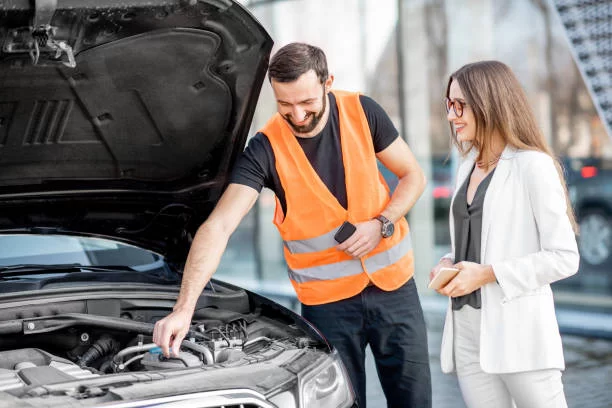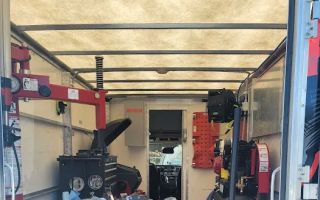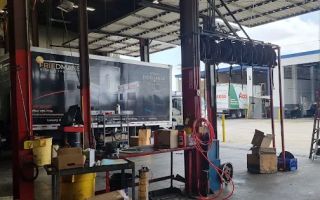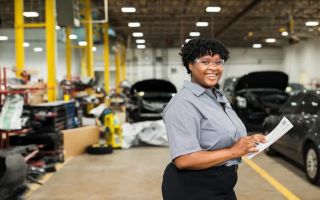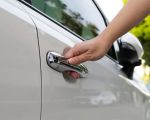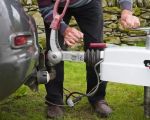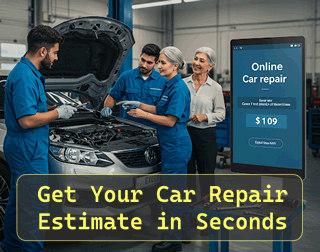- Challenges of No Cell Phone Service During Roadside Emergencies
- Immediate Actions to Take When Stranded Without Cell Phone Service
- Effective Alternatives to Contact Roadside Assistance
- Preventive Measures to Avoid Being Stranded Without Service
- Real-Life Example of Roadside Assistance Without Cell Phone
- Trusted Roadside Assistance Options When You Have No Signal
1. Challenges of No Cell Phone Service During Roadside Emergencies
Experiencing a vehicle breakdown or emergency while having no cell phone service can be incredibly stressful and dangerous. In many rural or remote areas, signal coverage is limited or nonexistent, which makes it difficult to call for roadside assistance. Understanding the challenges posed by a lack of cellular connectivity is the first step toward being prepared for such situations.
Without a working phone, you lose the immediate ability to contact help, access GPS for directions, or communicate your location. This increases the risk of extended wait times, exposure to harsh weather, and potential safety hazards.
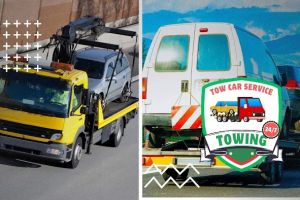
Express Auto Shop
8927 W Pico Blvd, Los Angeles, CA 90035, USA
1.1 Why No Cell Phone Service Happens
Factors like geographic location, terrain, network congestion, or damaged cell towers can contribute to lost or weak signal. Truck drivers, travelers on remote highways, and adventurers off the beaten path are particularly vulnerable to this problem.

Automotive Excellence
1000 CA-1, Seal Beach, CA 90740, USA
2. Immediate Actions to Take When Stranded Without Cell Phone Service
When faced with no cell phone service, the following immediate steps can help improve your situation and increase your chances of receiving assistance:
2.1 Stay Safe and Visible
First, ensure your vehicle is safely off the road, turn on your hazard lights, and if available, place reflective triangles or flares. Being visible to other drivers or passersby increases the likelihood that someone may notice your predicament and offer help.
2.2 Attempt to Move to Higher Ground
Often, moving a short distance to higher elevation or open areas can improve signal reception. If safe to do so, walk a little away from dense trees or hills to check if your phone gains any connectivity.
2.3 Use Your Vehicle’s Emergency Features
Modern vehicles may include built-in emergency call systems or satellite communication features. Activating these can sometimes connect you directly to emergency services even without cell service.
3. Effective Alternatives to Contact Roadside Assistance
When traditional phone calls are not possible, consider these alternatives to get roadside help:
3.1 Use a CB Radio or Satellite Phone
CB radios remain a reliable tool for truckers and rural travelers to communicate with nearby drivers or emergency operators. Satellite phones, although less common, offer communication independent of cell towers and can be lifesavers in remote areas.
3.2 Seek Help from Nearby People or Businesses
If you are close to a populated area, try to find nearby homes, gas stations, or stores where you can request to use a phone or call roadside assistance on your behalf.
3.3 Utilize Roadside Assistance Membership Cards
Many roadside assistance programs provide membership cards with emergency contact numbers and instructions. Keeping these visible on your vehicle dashboard or wallet can help passersby assist you in contacting the right service.
4. Preventive Measures to Avoid Being Stranded Without Service
Prevention is always better than cure. To reduce the risk of being stranded without cell service, consider the following:
4.1 Plan Your Routes Ahead
Use maps or apps that show cell coverage maps so you can plan routes that maintain better connectivity or know where gaps might exist.
4.2 Carry Emergency Communication Devices
Invest in devices like personal locator beacons (PLBs), satellite communicators, or CB radios, especially if you frequently travel remote areas.
4.3 Join a Reliable Roadside Assistance Program
Programs such as those offered by Rescue & Towing provide nationwide coverage and alternative contact methods to support drivers even in low-signal regions. Membership can include services like emergency towing, fuel delivery, and lockout assistance.
5. Real-Life Example of Roadside Assistance Without Cell Phone
Consider the case of Lisa, a solo traveler on a rural highway, whose car broke down where no cell phone signal was available. She walked a mile uphill to a small gas station, where the attendant contacted Rescue & Towing on her behalf. The service team arrived quickly, repaired the issue on site, and ensured Lisa’s safety throughout the ordeal. This story highlights the importance of resourcefulness and having trusted service providers to rely on when you can’t call for help yourself.
6. Trusted Roadside Assistance Options When You Have No Signal
For those concerned about how to get roadside assistance with no cell phone service, partnering with reputable companies like Rescue & Towing offers peace of mind. Their extensive network and emergency protocols ensure help is available even in challenging communication conditions. Whether you’re a commuter, truck driver, or adventurer, having access to dependable roadside assistance tailored to low-signal environments is invaluable.

